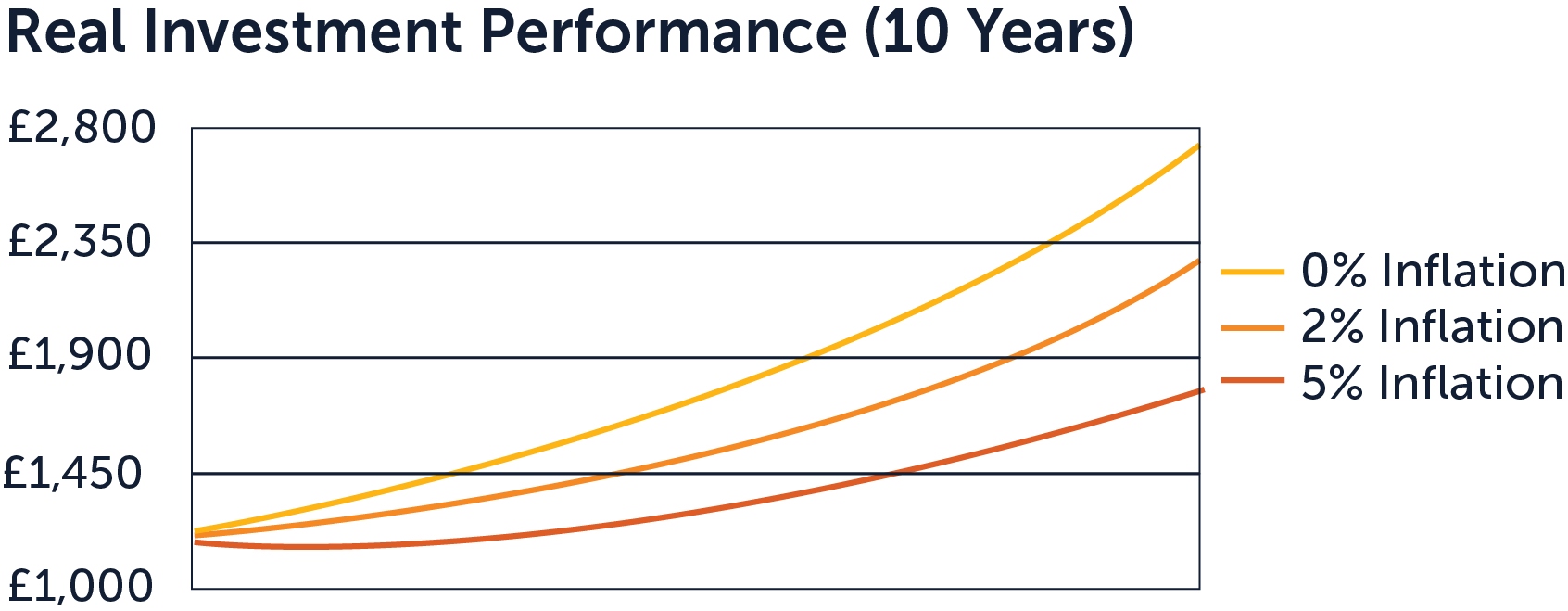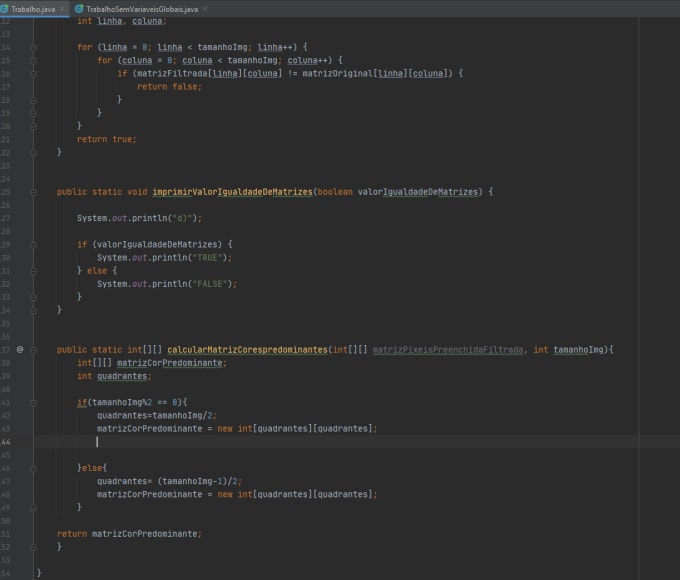
Understanding Inflation’s Ripple Effect on Investments
In the complex world of finance, one of the critical factors that can significantly impact investment portfolios is inflation. As investors navigate the landscape, comprehending the nuanced relationship between inflation and investments becomes imperative for making informed decisions.
The Purchasing Power Predicament
Inflation erodes the purchasing power of money over time. As prices rise, the same amount of money buys fewer goods and services. This phenomenon poses a challenge for investors seeking to preserve and grow their wealth. Understanding how inflation impacts purchasing power is fundamental to devising effective investment strategies.
Diversification as a Shield Against Inflationary Erosion
Diversifying investment portfolios is a well-established strategy to mitigate the impact of inflation. Allocating assets across various classes, such as stocks, bonds, real estate, and commodities, can provide a hedge against the erosion of value caused by inflation. This approach helps spread risk and enhance the overall resilience of the portfolio.
Stocks: Potential Inflation Hedge or Vulnerability?
While stocks historically have shown potential as an inflation hedge, the relationship is nuanced. Certain sectors, such as those in commodities or industries with pricing power, may fare better during inflationary periods. However, other stocks, especially those reliant on borrowed capital, may face challenges. Analyzing the specific dynamics of individual stocks is crucial in navigating the impact of inflation.
Bonds and Fixed-Income Securities in Inflationary Environments
Bonds and fixed-income securities are often considered safer investments, but their performance can be influenced by inflation. Rising inflation may lead to higher interest rates, impacting the value of existing bonds. Investors need to carefully assess the type and duration of bonds in their portfolios to align with their risk tolerance and inflation expectations.
Real Assets: A Tangible Approach
Investing in real assets, such as real estate and commodities, can offer a tangible approach to hedging against inflation. Real estate values may rise with inflation, and commodities like gold have traditionally been viewed as a store of value during economic uncertainties. Including a mix of these real assets can add a layer of protection to an investment portfolio.
Strategic Adjustments Amidst Changing Economic Tides
Inflation is not a static force; it fluctuates with economic conditions. Investors must stay vigilant and make strategic adjustments to their portfolios based on evolving inflation expectations. Regularly reassessing asset allocations and staying informed about economic trends is essential for adapting to the changing financial landscape.
Inflation Impact on Different Investment Vehicles
Various investment vehicles react differently to inflationary pressures. Mutual funds, exchange-traded funds (ETFs), and other investment instruments each have distinct characteristics that can influence their performance in inflationary environments. Understanding these nuances empowers investors to choose the right mix of assets aligned with their financial goals.
Professional Guidance and Financial Planning
Given the multifaceted nature of inflation’s impact on investments, seeking professional financial guidance is prudent. Financial advisors can provide personalized insights and assist in developing strategies that align with an investor’s risk tolerance, time horizon, and financial objectives. A well-crafted financial plan can serve as a roadmap for navigating the complexities of inflation and optimizing investment outcomes.
Exploring Further Insights at Inflation Impact on Investments
For a deeper dive into strategies to navigate inflation’s impact on investments, explore additional insights and expert perspectives at Inflation Impact on Investments. Staying informed and proactive is the cornerstone of successful investing, especially in the face of economic variables like inflation.



